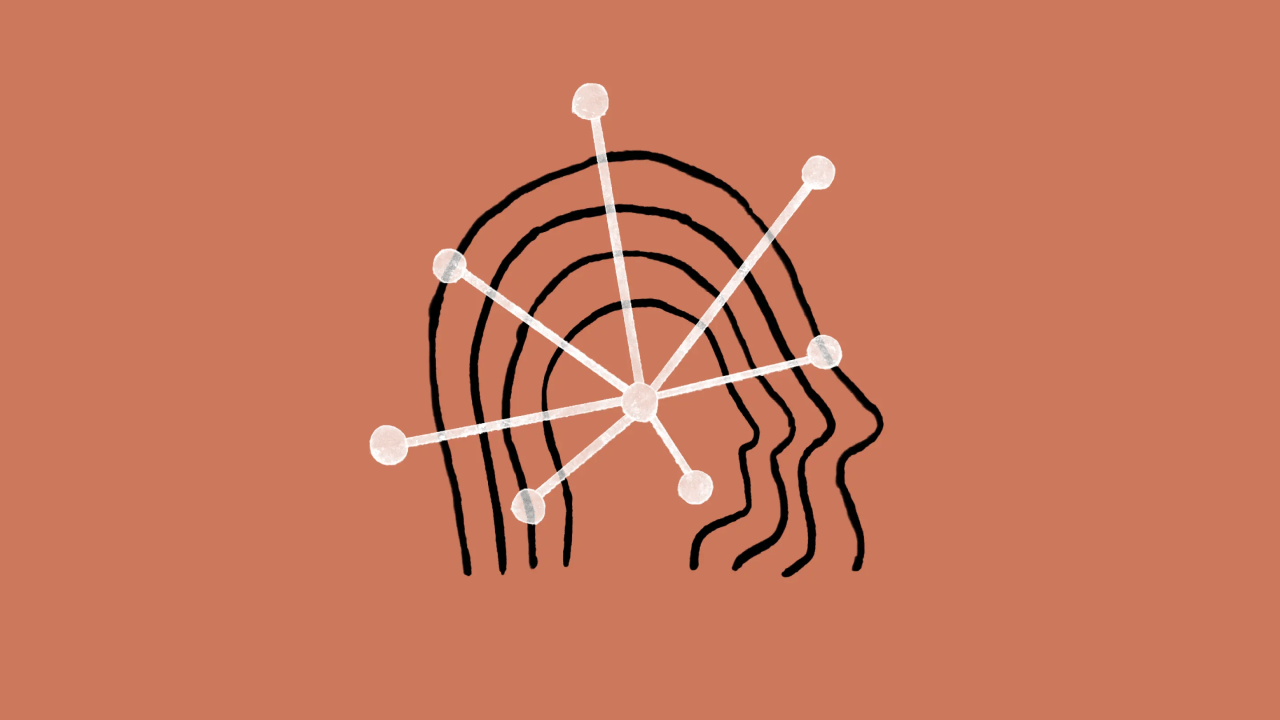The field of artificial intelligence is witnessing a new and exciting rivalry. Anthropic, the AI startup with substantial backing from Google and other investors, has recently unveiled its latest innovative chatbot, Claude 3. Promising to surpass OpenAI’s GPT-4 in performance, Claude 3 marks a significant step forward in the world of generative AI. This blog post delves into the capabilities of Claude 3 and explores what differentiates it from existing models, including insights into its multimodal approach and future plans.
The Genesis of Claude 3
Anthropic has raised hundreds of millions in venture capital, and the momentum is only building. Claude 3 is not just a single model but a family of models consisting of Haiku, Sonnet, and Opus, with Opus being touted as the most robust. Anthropic claims improvements in analysis, forecasting capabilities, and performance on various benchmarks against competitors like ChatGPT and Google’s Gemini 1.0 Ultra. This escalation in performance is an exciting development for users and businesses alike.
Multimodal Capabilities: A Game-Changer
One of the standout features of Claude 3 is its multimodal processing ability, allowing it to analyze not just text but also images — a capability that mirrors some adaptations of GPT-4. This positions Claude 3 as a holistic tool that can handle a broader range of queries, from written text to visual content like graphs and charts. Users can submit up to 20 images in a single request, enabling comparative analysis. However, Anthropic is prudently cautious; Claude 3 will not identify individuals in images, addressing necessary ethical considerations.
- Enhanced Multimodal Analysis: Interpreting both text and images simultaneously.
- Robust Comparative Features: Analyzing multiple images together.
- Focus on Ethical Limitations: Avoiding identification of individuals in images.
Improvements in User Interaction
In an effort to refine user experience, Claude 3 is designed to better follow multi-step instructions and generate more structured outputs. This reduces misunderstandings, making interactions smoother and more intuitive. Furthermore, its expanded context window — up to 200,000 tokens — enables the model to maintain coherence over extended conversations, significantly improving narrative flow. Excitingly, select users could have access to an expansive 1 million token context window, aligning Claude 3 with the capabilities of cutting-edge competitors.
The Challenges Ahead
Despite its advancements, Claude 3 is not without its flaws. As with many generative models, issues such as bias and hallucinations still persist. It cannot search the internet for real-time data, relying only on information updated until August 2023, which may limit its applicability in rapidly evolving contexts. While Claude 3 is multilingual, proficiency varies, particularly in less common languages compared to English.
A Vision for the Future
Anthropic is not resting on its laurels. The company has unveiled plans to introduce enhancements to Claude 3, indicating a commitment to continual improvement. Future features may include interactive coding capabilities, more advanced task automation, and an incorporation of constitutional AI principles to align with human intentions better. As the industry evolves, the principle-driven approach of constitutional AI promises to make AI behavior more transparent, understandable, and adaptable.
Conclusion: The Competitive Landscape of AI
The introduction of Claude 3 is an exhilarating development in the competitive AI landscape. As Anthropic aims to carve out its niche among the giants like OpenAI, one can only anticipate the unfolding of creative possibilities using Claude 3’s capabilities. With its enhanced multimodal understanding, improved context management, and commitment to ethical considerations, Claude 3 certainly sets itself apart as a formidable contender. It’s clear that the AI revolution is far from over, and the future promises to be just as exhilarating.
At fxis.ai, we believe that such advancements are crucial for the future of AI, as they enable more comprehensive and effective solutions. Our team is continually exploring new methodologies to push the envelope in artificial intelligence, ensuring that our clients benefit from the latest technological innovations.
For more insights, updates, or to collaborate on AI development projects, stay connected with fxis.ai.

